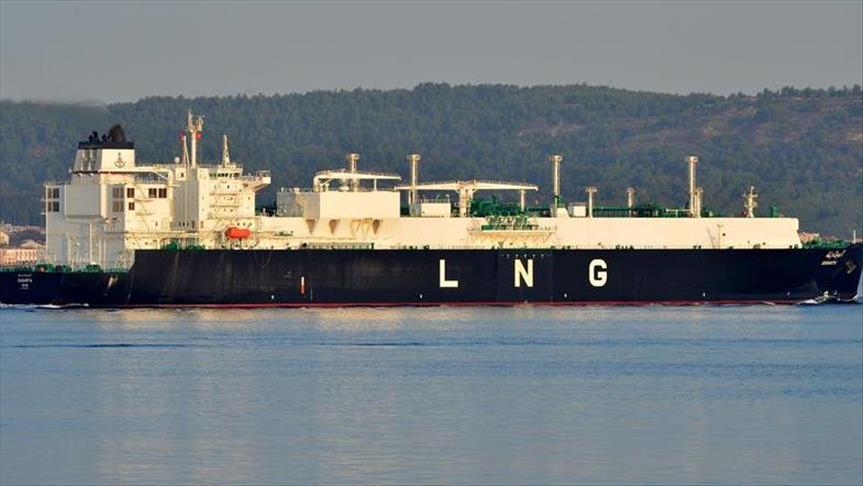
Five floating power plants may be sailing towards Myanmar soon in a scramble to fix its waning electricity supply.
The government launched an international tender for the barges on June 28 in a plan to generate 1040 megawatts (MW).
Bidders have until July 29 to submit their proposals for the five-year contracts, which will be based in Magwe region’s Kyun Chaung, Kyaukphyu in Rakhine state, and Yangon’s Thaketa, Ahlone and Thanlyin townships.
Preparations for a bid typically include finding venture partners, checking the site and its water depth for suitability, creating a financial model, and sourcing equipment along with legal and tax advice.
“Time is tight for [the bidders], but the electricity problem is urgent,” said Charles Magdelaine, a senior legal associate at law firm VDM Loi, which advised on the country’s power barge tenders in 2015, 2016 and 2017.
The government is turning to emergency power rentals to avoid more of the scheduled blackouts that lasted four to six hours a day in Yangon from late April to late June, he explained.
Power outages still regularly occur in the city, whenever demand for electricity peaks.
“The government wants these power barges to be operational before the next wet season,” Magdelaine told Myanmar Mix.
He added that it was an expensive but temporary option that has piqued the interest of “quite a few” suppliers.
In 2017, Turkish firm Karadeniz Holding was due to sail a 480MW-capacity power barge from Istanbul to Yangon, but the arrangement fell through.
Kyun Chaung (20MW) and Ahlone (120MW) projects will be gas to power while the Kyauk Phyu (150MW), Thanlyin (350MW) and Thaketa (400MW) projects will use liquefied natural gas (LNG).
In the meantime, said Magdelaine, the government aims to complete long-term hydropower and LNG to power projects.
Myanmar’s demand for power has increased by 580MW rather than 400MW this year.
From July 1, households saw a hike in electricity prices to reduce electricity subsidies that cost the government 630 million kyats in the 2018-19 fiscal year.
World Bank’s Myanmar Economic Monitor, a biannual report released in June, said the country must invest twice as much and introduce projects three times faster to meet its growing demand for electricity.
To meet this demand, Myanmar will need $2 billion per year to build new power plants and repair existing ones.

